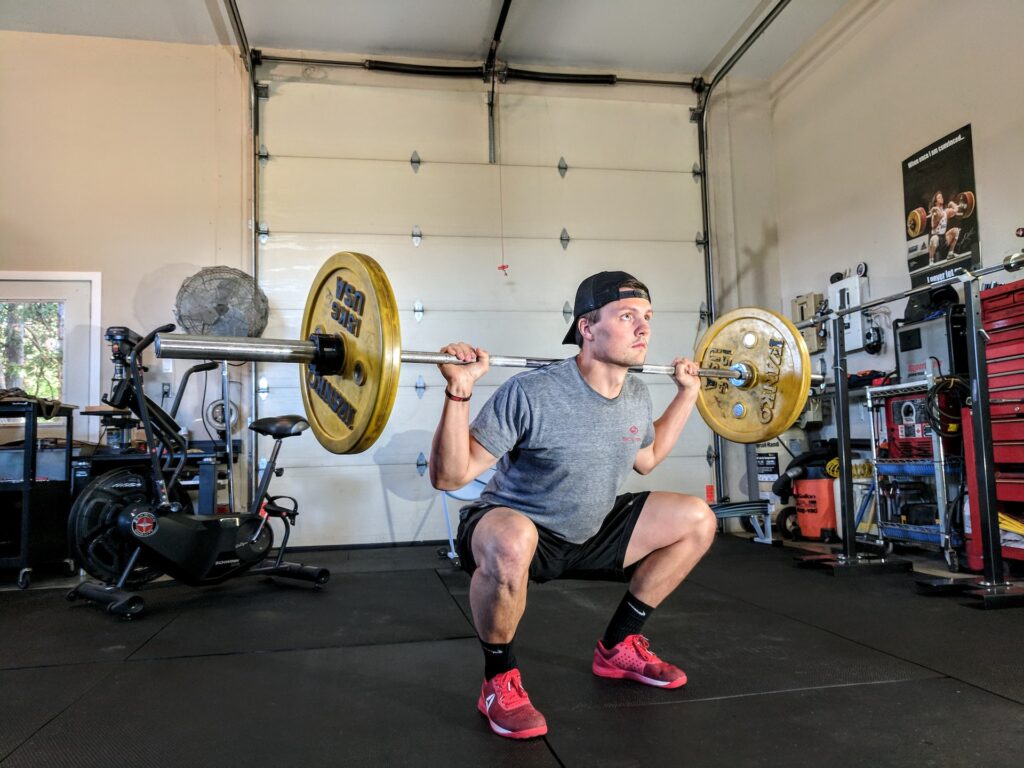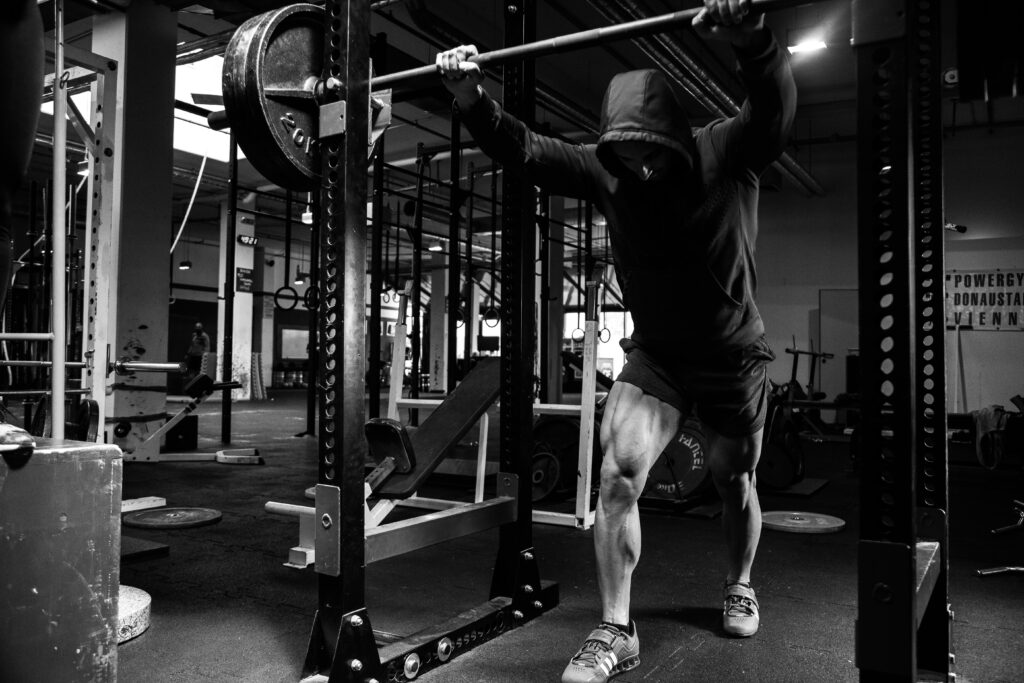Introduction
In the context of hypertrophy training, we are looking to provide as inefficient of an environment as possible in order to place the target tissue (muscle) under the highest levels of tension and stress.
There are three main drivers of muscle growth, which are:
Metabolic stress – the build-up of by-products and metabolites1 as a result of reduced levels of oxygen in the muscle alongside the process of acidosis2 occurring. High metabolic stress usually occurs in higher rep ranges.
Mechanical tension – high levels of tension resulting from heavier loads will recruit more muscle fibres. This usually occurs in lower rep ranges with heavier loads.
Muscle damage – caused by microtrauma to muscle fibres due to increased tension during eccentric movements coupled with an elevation in metabolites and muscle cell swelling. The increase in tension leads to the tearing of the sarcolemma and basal lamina3.
What does rep speed have to do with this?
The answer is simple. The more time you spend on a given rep, the more muscular tension you generate.
Each rep you undertake has three key stages: The eccentric phase4, the concentric phase5 and the isometric phase6. Contemporary research has shown that the eccentric phase has the highest muscle-building response, followed by the concentric phase. Therefore, it makes sense to spend the highest proportion of time in the eccentric portion of the rep. In addition to the muscle-building response, the eccentric portion of the lift has the highest continuous load-bearing potential, as well as being the most energy-efficient phase of movement for the lifter. This combination of factors supports a focus on the eccentric phase of each rep.

Photo by Sven Mieke on Unsplash
So how long should my eccentric be?
This will largely depend on the movement you are performing, and even then, there is no absolute answer.
To demonstrate this, let’s consider the differences between a bicep curl and a hack squat. When comparing the range of motion in a bicep curl to that in a hack squat, it becomes evident that the hack squat involves a greater number of articulating components. This results in an extended distance covered during the movement in addition to a superior load-bearing capacity in comparison to the bicep curl.
An industry standard eccentric of 3 seconds may appear as an exceptionally slow-looking bicep curl in comparison to an apparently fast descent on a hack squat. This observation highlights a key principle: the more complex the movement and the greater the range of motion, the longer the eccentric phase should be for an equally effective degree of tension.
In practical terms, this means that a 2-second eccentric phase in a bicep curl could provide similar benefits as a 4-second eccentric phase in a hack squat whilst resulting in an equivalent level of muscle engagement, stimulus and adaptation.
If you pressed me for a definitive answer on the time spent in the eccentric portion of a rep, then I’d say you should aim for somewhere between 2-4 seconds. This ensures enough tension has been generated for effective muscle growth, but not at the cost of losing reps and potential exercise progressions. It’s important to remember that progressing an exercise through achieving an increase in weight or reps is also a driver of additional tension, not just the time spent in the eccentric. As such, an excessive focus on tempo can reduce your overall progress – an easy trap to fall into. So, how can you determine the most suitable tempo for your eccentric phase?

Photo by Sam Sabourin on Unsplash
The perfect eccentric checklist:
1. Control – Control is a fundamental aspect, regardless of the tempo chosen for a particular exercise. Failing to maintain a constant speed throughout the eccentric movement, such as speeding up into the second half of the eccentric, may result in an imbalance between the first and second halves of the eccentric phase, providing uneven levels of tension. The key is pure control throughout.
2. Amortisation – The amortisation phase occurs between the concentric and eccentric of the rep, where force is required to change direction. A slow eccentric reduces elastic recoil, which forces only the muscle to complete the contraction, removing help given by the tendons.
3. Consistency – Although the concentric speed of the rep will decrease as the lifter fatigues, the eccentric should remain constant throughout a set. This means rep 1 and rep 12 of that hack squat should have a near enough identical-looking descent to ensure a constant state of tension throughout. Maintaining consistency in speed makes each eccentric phase just as, if not more, effective than the last.
___
If you want to see more information on training intensity, see my latest Instagram posts at @the_biomechanics_coach. Or, if you are interested in exploring other areas of your training and becoming the best athlete you can be, what about reading my last post on Exercise Setup.
___
Terminology guide:
1. Sarcolemma and basal lamina – The plasma membrane of the muscle and its extracellular structures, respectively
2. Acidosis – The process that sees the PH of the muscle change from alkaline to acidic.
3. Metabolites – Endogenous compounds that are formed in the anabolic Building muscle) and catabolic (muscle breakdown) processes
4. Eccentric – A contraction of the muscle that sees its length increase
5. Concentric – A contraction of the muscle that sees its length shorten
6. Isometric – A contraction that sees the muscle maintain its length



